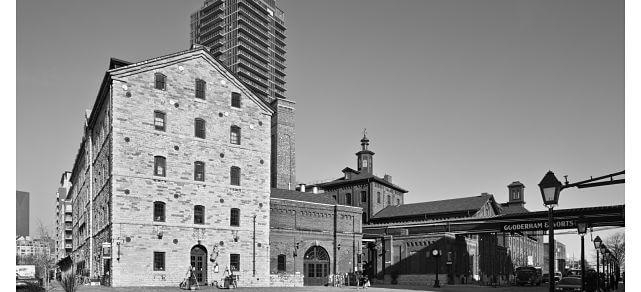Heritage preservation, which has traditionally been populated by an older group of experts, is being shaken up as young people learn that old buildings have just as much to say about the future as they do about the past.
The field of heritage preservation is shifting its attention from protecting old buildings to preserving the vibrancy of communities and responding to contemporary challenges, such as climate change.
And this is attracting a younger crowd of professionals and activists to the field who are interested in sustainability and culture, says Shannon Clayton, a junior architect at ERA Architects Inc. and co-founder of the Architecture Conservancy of Ontario (ACO) Next-Gen program.
“The greenest brick is the one that is already in the wall” has become a slogan for those who know how much energy and labor has already gone into existing buildings, says Clayton.
Heritage buildings were built during a time when energy was not as abundant and designers had to think about conserving heat in the winter and keeping buildings cool in the summer, all without using the mechanical systems that we rely on today, she says.
But the benefits of older buildings go beyond the natural light and floor-to-ceiling windows that many people desire in their homes and office buildings. Heritage communities also tend to be walkable and human-scale because they were built during a time when people were not dependent on cars and buildings were a lot smaller, says Clayton.
This, she says, is also good for small businesses that rely on foot traffic.
Until recently, heritage preservation has been focused on the practice of protecting and restoring buildings. It required years of technical experience, for example, to know what kind of mortar mixture would work well with different materials, says Sharon Hong, a heritage planner at ERA Architects.
But in the last few years, there has been a shift away from thinking about heritage as physical artifacts to a living and evolving thing, says Hong.
Heritage preservation is now about protecting communities that have had many years to mature and accumulate meaning—places where people can say, “culture happened here,” says Hong.
By expanding their definition of heritage preservation, Toronto Heritage has been able to draw in younger people with broader interests, says Karen Carter, Executive Director of Toronto Heritage, a charitable agency of the City of Toronto.
The ACO has also decided to do something about its aging demographic by launching a program called ACO NextGen, which helps young people connect with experienced professionals and hosts design charettes for students and young professionals.
Having young people participate in heritage preservation is refreshing, says Clayton. “The ACO is starting to value our little group…. They want to have younger members and fresh ideas. They want the organization to last.”
Most importantly, says Carter, it is important for young people to understand the history of their communities so that they can make informed decisions about the future.
“If you don’t take care of the identity of your city, it gets lost. And if young people don’t participate in creating that identity, they can’t own it,” says Clayton.







